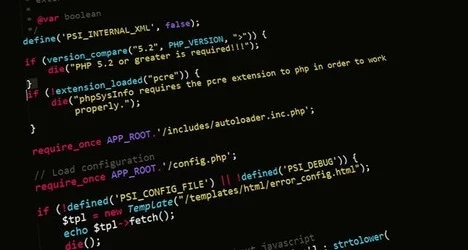Facebook’s Oculus Go VR headset ships and HR is ready
Add bookmarkFacebook’s new Oculus Go headset started shipping to consumers this week. The more affordable version of the company’s high-end model comes with a price tag of $199. Mark Zuckerberg, Facebook’s CEO, announced at the annual F8 developer conference there are already 1,000 apps for the device and it has the highest quality lenses ever built by the company.
"It's the easiest way to get into VR and we think this is going to be how a lot of people experience virtual reality and virtual presence for the first time," Zuckerberg said.
Some of those people will be HR professionals looking to capitalize on the technology.
VR in HR
Virtual reality is one possible answer for HR managers looking to improve employee productivity and communication. The fact the technology is efficacious and easy to use makes it the perfect solution. But it can also improve some HR functions over all. Hiring, onboarding, education and communication are just a few areas that can see a real return on investment by using the 360 media.
Hiring
Two of the most important job functions in the HR space are recruitment and hiring, especially when considering The War for Talent. Having the best of the best is a necessity for companies. Equally as important is convincing those employees to work for the company.
Traditional hiring practices are changing. Some of that has to do with technology itself. Companies like Google and Apple are much more appealing to new graduates and prospective employees. And there’s a generational component as well. Millennials want flexible workplaces, career development and experiences, non-traditional learning opportunities and a sense of purpose.
In some respects, those are difficult for any company to convey to a prospective hire.
Enter virtual reality.
Courtesy: Stock Photo Secrets
Toyota High Systems uses VR to engage candidates during career fairs. They give individuals an opportunity to tour a virtual campus which also allows the candidate to engage with the environment. With Millennials looking for new experiences, this offers a real opportunity to make Toyota High Systems an attractive employer of choice.
Onboarding
Once a company has hired a new employee, that individual must be onboarded. There are several different strategies to accomplish this goal including virtual reality. VR is cost-effective, can be done to scale, and does not require a physical location. It can convey important pieces of information to the new employee and get them genuinely excited to take on the new role.
The U.S. Federal government uses VR for this purpose. Because there are offices all across the country, it gives the government the opportunity to distribute long form VR experiences to these locations. New employees are able to get a sense of what their job will entail and how they’ll function in the role once onboarding is complete.
Download the HR Exchange Network's Global HR Tech Report: Disruptive Tech Transformations
Education and Communication
When it comes to education and communication, virtual reality is a unique medium. To give you a sense of its use in this arena, think of the way employees learn and communicate. Using text, for instance, can convey important information, but it is passive and unengaging. Video is the same way. It’s more appealing, but for the viewer, it requires little participation.
Virtual reality, on the other hand, can deliver the same important information, but in an interactive, engaging way.
And VR learning doesn’t have to rely on 360 degree video. VR can, in fact, augment video learning.
“Pick a subject. We can talk about it. We can show examples. We can do dramatizations. We have talking heads. We can do interviews. We can have text on screen. Literally all of those would apply to VR because we can show video in VR whether or not it's 3D or 360,” Industrial Training International’s (ITI) Director of VR and Online Learning Pinky Gonzales said. “There's not a limit to the subject matter or even the style of learning that is possible that you wouldn't expect from any other form of media.”
He said the difference is VR can take the learner to another level of emersion. The individual would be able to anticipate deeper aspects of muscle memory or reflexive behavior he or she would not anticipate from video learning.
Starting in VR
Virtual reality offers a lot when it comes to strategizing on the part of human resources. And as it has been stated, offers HR an opportunity to improve multiple areas within the company.
Courtesy: Stock Photo Secrets
Throughout the article, we’ve discussed different examples of how the 360 media is being used. In most instances, these examples have included some sophisticated VR environments. But that shouldn’t scare a HR professional away from pursuing the technology.
All a team would really need is a 360 camera, a computer, the internet, and a way to deliver the experience. The most important thing is to be creative in how the technology is used.
Though intimidating to some, Gonzales said he expects VR to become more common in the real world and will, in reality be an extension of it.
“Many people have yet to experience VR at all... so you might not get a realistic performance from them if they're nervous or self conscious about putting on a headset or otherwise interacting with somebody the way they would in the real world. But in time, it will just be another piece of equipment you know? No different than sitting in front of a computer and proving you can use Microsoft Word.”
















